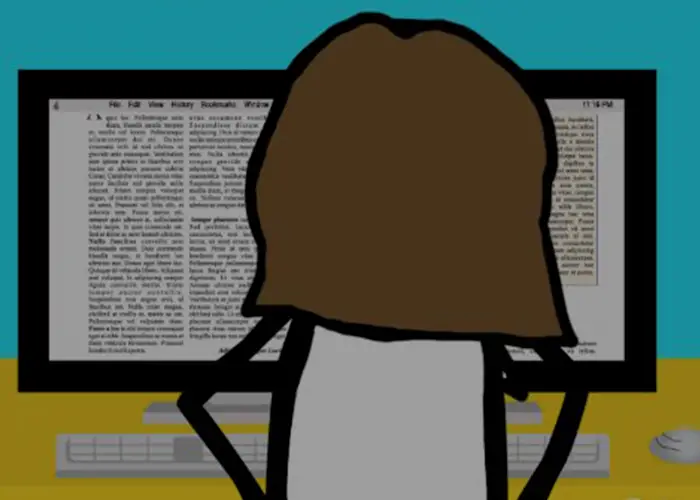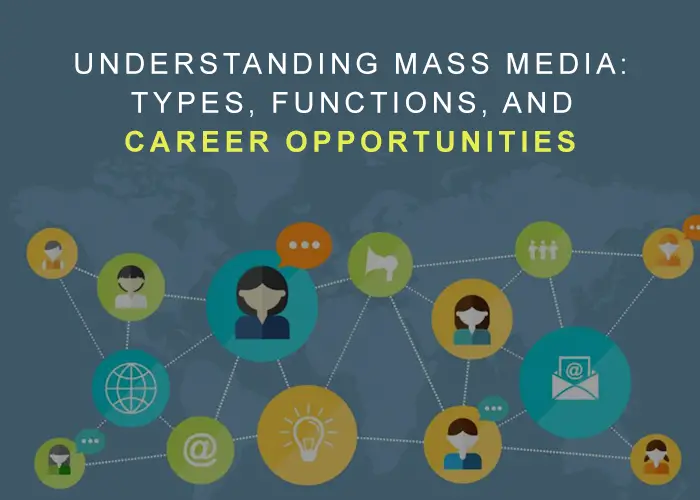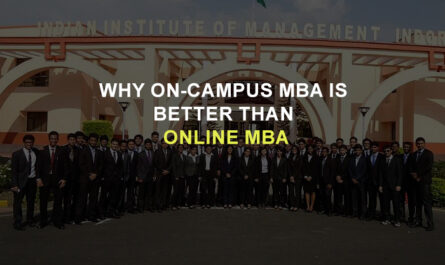In today’s fast-paced digital world, mass media plays an integral role in shaping public opinion, delivering information, and entertaining the masses. From traditional print to interactive digital platforms, mass media influences nearly every aspect of modern life.
In this comprehensive guide, we will explore the definition of mass media, the types of mass media, their key functions, and the career paths in journalism and mass communication. Whether you’re a student, a marketing professional, or simply curious about how media shapes society, this article will provide deep insights into this vital field.
What Is Mass Communication?
Mass communication is the process of disseminating information, ideas, and messages to large, diverse audiences using various media channels. It is an essential tool for shaping opinions, spreading awareness, and connecting people across different geographies and cultures.
Mass communication utilizes platforms such as:
- Television
- Radio
- Newspapers and magazines
- Social media
- Films
- Online content
- Public relations campaigns
It is distinct from mass media, which refers more specifically to the tools or channels used, while mass communication emphasizes the act and process of transmitting messages.
What Is Mass Media?

Mass media includes all the tools and technologies used to communicate with a vast audience. It covers both traditional platforms like newspapers and modern innovations like digital news websites.
Mass media is instrumental in delivering content to the public and includes the following categories:
- Print media
- Broadcast media
- Digital media
- Outdoor and transit media
- Traditional or cultural media
Understanding the difference between mass media and mass communication is crucial:
- Mass Media: Focuses on the platform or tool (e.g., TV, Internet).
- Mass Communication: Focuses on the process of message delivery to the public.
Importance of Mass Media in Society
Mass media influences how we perceive the world. From social awareness campaigns to blockbuster films and political broadcasts, media affects opinions, decisions, and actions.
Key Benefits of Mass Media:
- Spreads information quickly and effectively
- Builds awareness around products, services, and social issues
- Promotes entertainment, education, and culture
- Connects communities globally
- Helps in brand promotion and reputation management
Businesses and governments use media to reach target audiences, influence public perception, and boost visibility.
Types of Mass Media
1. Print Media
Print media is one of the oldest forms of mass communication. Despite digital transformation, newspapers, magazines, books, and brochures still hold significant value.
Examples of print media:
- Newspapers
- Magazines
- Comics and novels
- Brochures and flyers
Print media is trusted for credibility and detailed analysis and is especially effective for regional outreach.
2. Broadcast Media
Broadcast media includes television and radio—powerful tools that transmit audio-visual content to large audiences.
Key characteristics of broadcast media:
- Instant access to information
- Effective for all literacy levels
- Suitable for real-time reporting
TV shows, live sports broadcasts, and talk shows are common examples that entertain and inform viewers simultaneously.
3. Digital Media
Digital media, also called new media, refers to interactive content shared through the internet.
Forms of digital media:
- News websites
- Social media platforms
- Podcasts and online radio
- Streaming services (YouTube, Netflix, Spotify)
Digital media offers two-way communication, enabling audience interaction and instant feedback. Its accessibility and convenience make it the most dominant media form today.
4. Outdoor Media
Outdoor media refers to advertisements and messages placed in public spaces.
Popular examples of outdoor media:
- Billboards and hoardings
- Posters on buildings
- Street kiosks
- LED screens at intersections
This form of media targets individuals on the move, providing high visibility and brand recall.
5. Transit Media
Transit media is a subtype of outdoor media, focusing on communication through transportation systems.
Common transit media formats:
- Bus and taxi advertisements
- Ads inside metro trains and stations
- Posters at airports
Transit media captures attention during daily commutes, making it highly effective for both commercial and public service campaigns.
6. Traditional Media
Rooted in local culture and heritage, traditional media has existed long before modern media tools.
Examples include:
- Folk songs and dances
- Storytelling and puppetry
- Cultural festivals and rituals
- Village announcements and community radio
Traditional media is especially impactful in rural areas and communities where technology may not be widespread.
Core Functions of Mass Media
1. Informing the Public
Media delivers timely and relevant information, helping people stay informed about local, national, and global events.
2. Educating Society
From documentaries to explainer videos, mass media spreads knowledge on various subjects including health, science, politics, and lifestyle.
3. Entertaining Audiences
Movies, music, and TV shows provide emotional relief and leisure. Entertainment media is a major industry worldwide.
4. Influencing Opinions
Media shapes public perception through news framing, editorial choices, and advertising strategies.
5. Promoting Brands and Ideas
Companies leverage mass media to market their products and build brand identity. Media also supports social awareness campaigns and advocacy efforts.
Career Opportunities in Mass Communication
With the expansion of media channels, careers in mass communication are more diverse and rewarding than ever.
Top Careers in Mass Media:
- Journalist or News Reporter
- Content Writer or Copywriter
- Public Relations Officer
- Advertising Executive
- Digital Marketing Specialist
- Television and Radio Anchor
- Multimedia Producer
- Media Strategist
Why Choose a B.A. in Journalism and Mass Communication?
A Bachelor of Arts in Journalism and Mass Communication equips students with in-depth knowledge of media theory and hands-on skills in writing, broadcasting, and digital storytelling.
Key Benefits of the Program:
- Develop strong communication and presentation skills
- Gain experience in live reporting, news writing, and video production
- Understand the ethical and legal aspects of media
- Explore digital tools for modern journalism
The program opens doors to exciting roles in media houses, digital agencies, public relations firms, and content companies.
Final Thoughts
Mass media is more than just a medium for entertainment—it’s a vital societal tool that informs, educates, influences, and empowers. From traditional media like folklore and radio to modern digital media and broadcast channels, the variety of tools available today offers immense power to connect with audiences.
Whether you’re considering a career in journalism or looking to leverage media for business growth, understanding mass media’s types, functions, and impact is the first step toward success.




